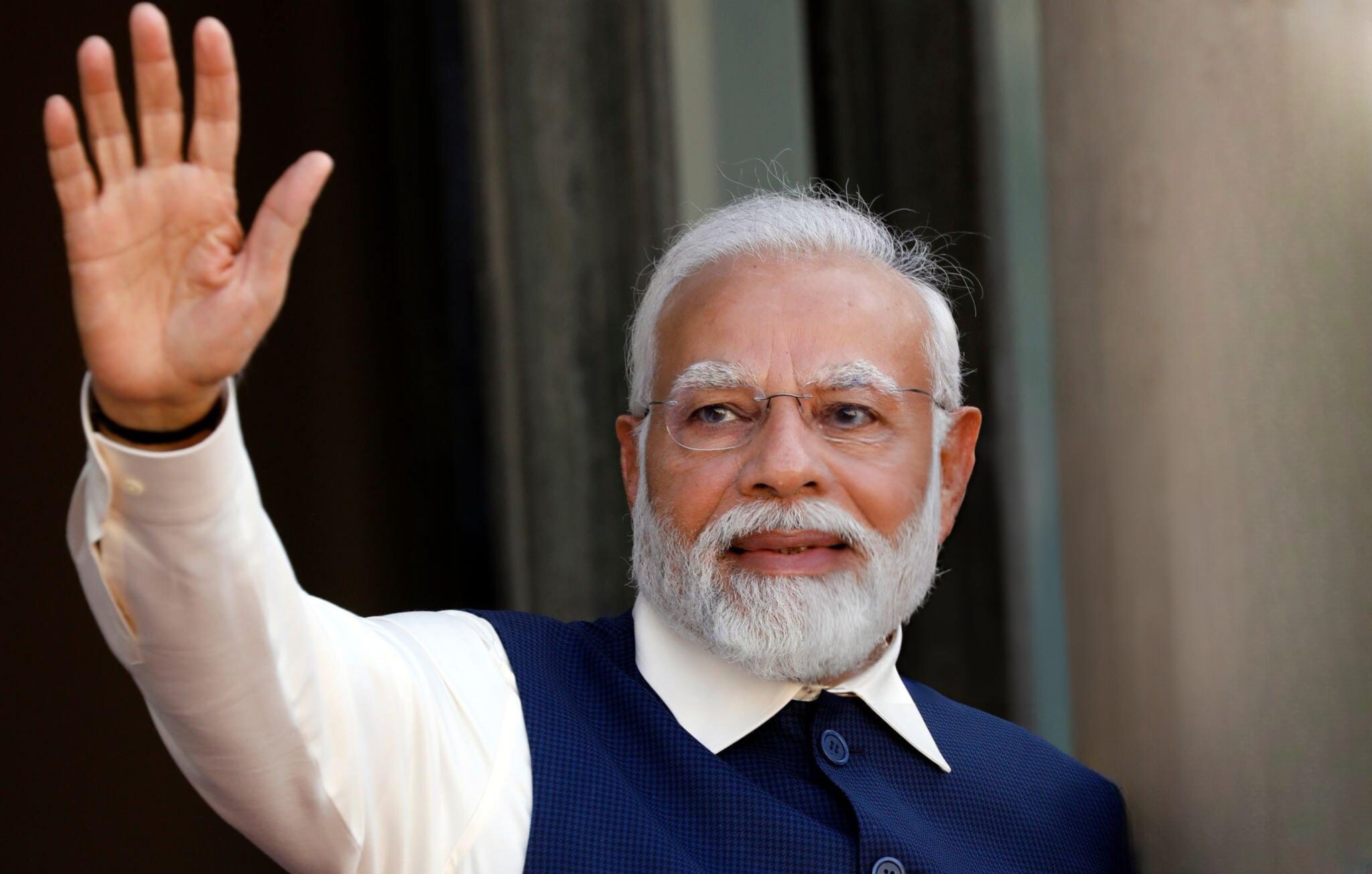Modi’s China Visit: A Diplomatic Shift?

Prime Minister Narendra Modi’s upcoming visit to China this August heralds a potential diplomatic thaw, as tensions between India and the US escalate over trade disputes.
Story Highlights
- Modi’s first visit to China in over seven years highlights a potential diplomatic shift.
- US tariffs on Indian goods have strained India-US relations.
- The Shanghai Cooperation Organisation (SCO) summit in Tianjin may redefine regional alliances.
- India and China seek to navigate longstanding border disputes.
Modi’s Diplomatic Recalibration
Narendra Modi’s visit to China on August 31 for the SCO summit marks his first in seven years, amid growing India-US tensions over recent tariffs. This visit is seen as a strategic move to recalibrate India’s diplomatic relations, particularly in the context of strained US ties. The summit, taking place in Tianjin, is expected to be the largest in SCO history, offering India a platform to explore new partnerships and reaffirm its role in Eurasian geopolitics.
China has officially welcomed Modi’s participation, viewing the summit as an opportunity to showcase its diplomatic leadership and to counterbalance US influence in the region. For India, this visit is about diversifying its foreign policy options, reducing dependency on the US, and managing its complex relationship with China, especially concerning unresolved border disputes.
Indian Prime Minister Narendra Modi will visit China for the first time in over seven years in a further sign of a diplomatic thaw with Beijing as tensions with the United States rise. https://t.co/9WZHzvVrh7
— NEWSMAX (@NEWSMAX) August 8, 2025
Historical Context and Current Dynamics
India and China share a complex relationship marked by cooperation and rivalry, underscored by longstanding border disputes. The 2020 Galwan Valley clash, which led to a freeze in high-level talks, is a testament to this turbulent history. However, the SCO summit provides a multilateral forum for India and China to re-engage without the pressure of a bilateral summit, facilitating dialogue aimed at defusing tensions.
As India finds itself at a crossroads due to US-imposed tariffs, this visit represents a potential shift in alliances. By engaging more deeply with China within the SCO framework, India may leverage the opportunity to negotiate on trade, border issues, and regional security, signaling its openness to multipolar engagement.
Watch: PM Modi To Visit China After 7 Years, Putin To Visit India | ISH News
Implications for Regional Stability
While Modi’s visit may open doors for improved dialogue with China, underlying tensions, particularly over border issues, remain. Short-term, the visit could lead to a thaw in India-China relations and possibly shift regional diplomatic alignments. Long-term, if successful, the visit could pave the way for more regular high-level engagements, influencing India’s strategic autonomy and its role in Eurasian geopolitics. The impact on regional stability will depend largely on the substantive policy shifts that follow and the extent to which symbolic gestures translate into actionable outcomes.
Sources:
China Welcomes Modi’s Planned Visit for SCO
China Welcomes Modi for SCO Summit Amid US Tariffs
China Welcomes PM Modi for SCO Summit
China Welcomes Indian PM Modi for SCO Tianjin Summit
